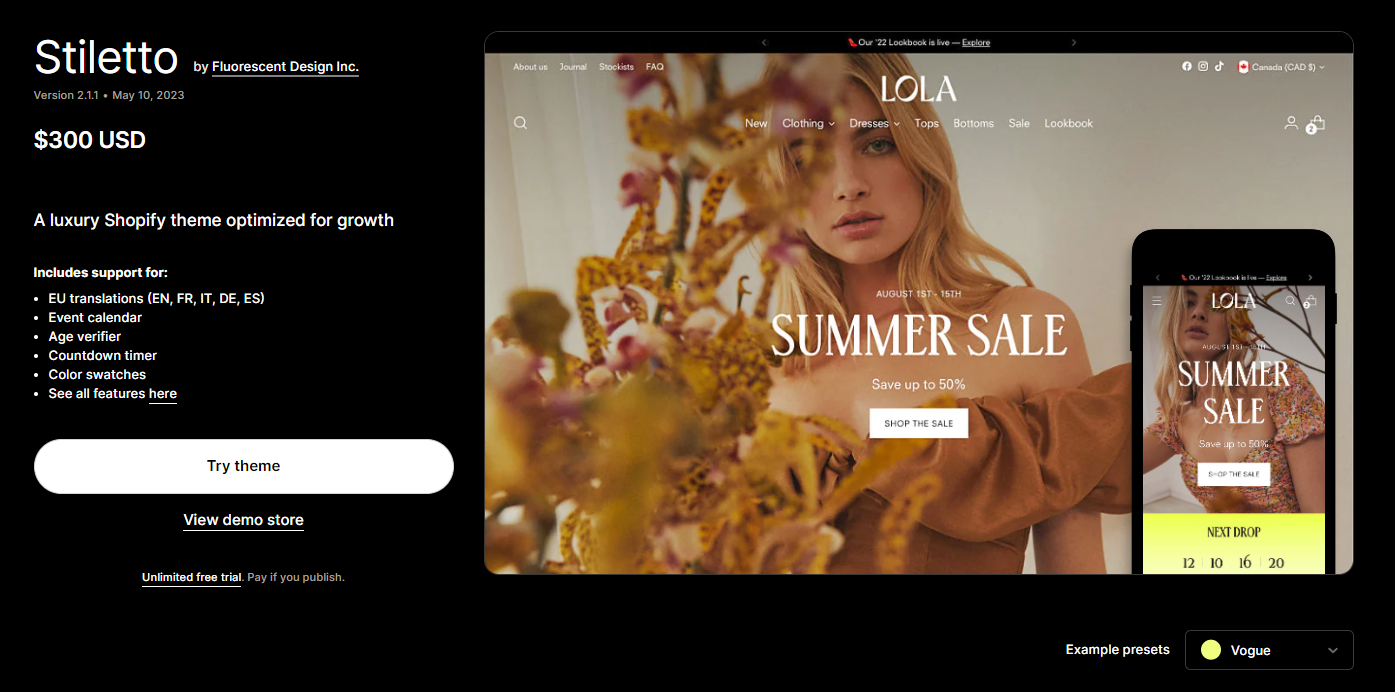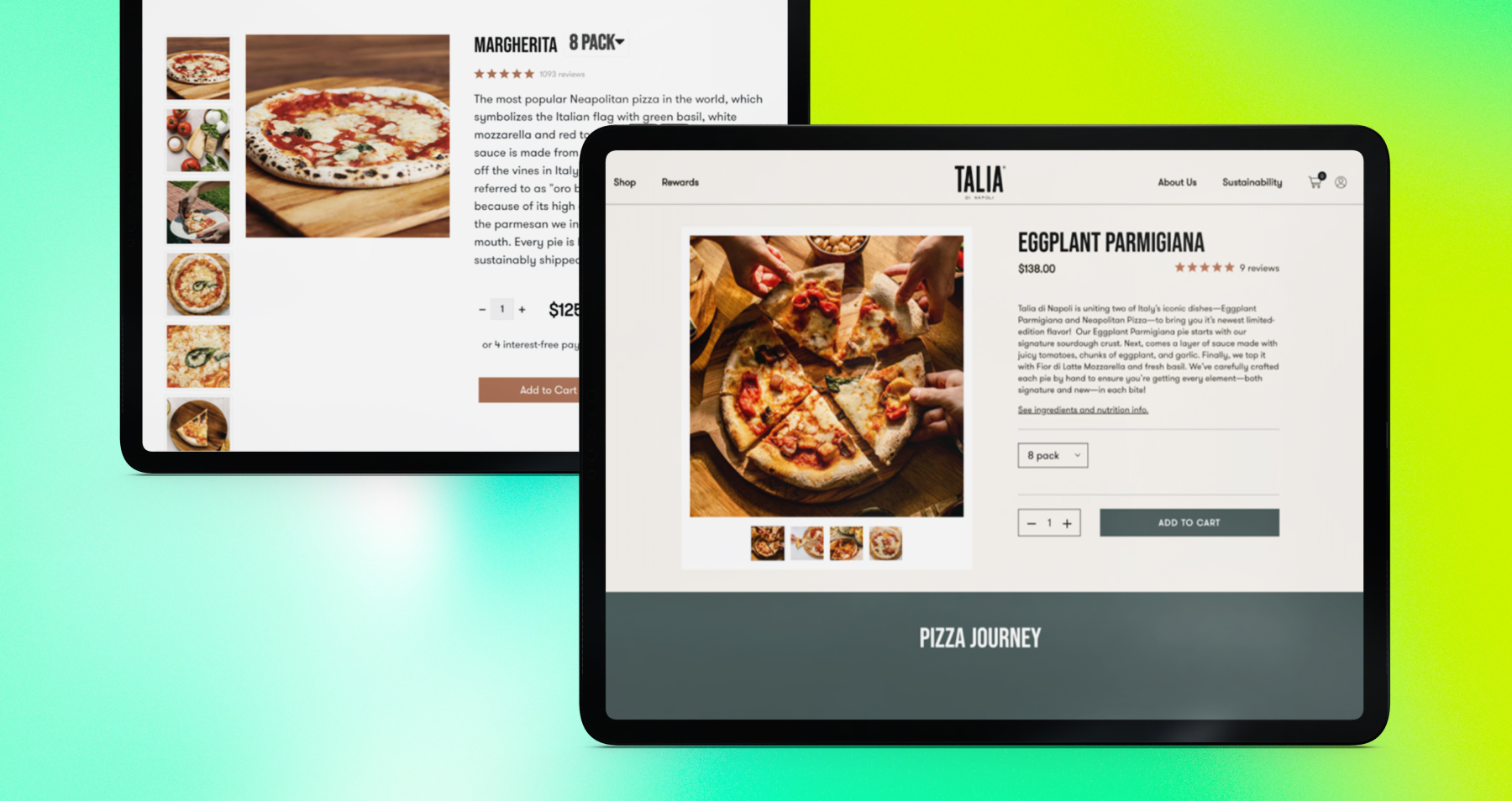Share
In a competitive eCommerce landscape, you can differentiate yourself by having a flawless customer experience.
From the moment the prospects land on your website to the after-buying process, offering a great customer experience can set your business apart and make it successful.
But before we delve into more details about how you can enhance your customer experience, let's think for a minute what are the issues that customers encounter while shopping online.
What are the actual problems shoppers meet in eCommerce stores?
Since 33% of the world’s population shops online, there is a large chance that most of these shoppers have dealt with a lot of challenges while shopping online.
To name a few, it would be:
-
Poor user experience
-
Lack of product information
-
Unresponsive designs on other devices
-
Lack of personalization
-
Complicated checkout points
-
And worse on the list, security issues.
We talked to our friend from Avex, Veronica Gelman, Director of Client Services at Avex.
“When it comes to online shopping, a poor user experience and a lack of comprehensive product information can leave customers feeling frustrated. Customers shopping online today now expect personalization when it comes to products and content and will often abandon a site that doesn't provide them with an immediate path to purchase. In addition, a seamless checkout still remains a rare find amongst those with custom or dated platforms.”
*Avex offers free PDP audit. This limited-time offer can be redeemed until July 10, 2023. The Avex team will allocate the necessary resources based on availability.
So, what does your business need to uncover hidden growth opportunities and boost eCommerce performance?
-
1. Customer experience design
The purpose of UI and UX is to have intuitive and aesthetical interfaces and designs. Therefore inconsistencies, such as inefficient menus, confusing customer flows, poor-quality images or videos, bad iconography, and lack of text hierarchy, can ruin the customer experience.
Not to mention that the combo of dealing with complicated navigation, slow page speed, and unresponsive designs is the killer of all shopping experiences.
So what can you do to create a flawless customer experience design?
-
A. Have a smooth UI and UX
Today's customers seek more than just a transactional storefront; it is the onsite experience that keeps them coming back. To achieve this, your approach to UX/UI design should encompass a blend of data-driven insights, a customer-centric mindset, and high-performing technology solutions.
Keep in mind the UX trends that can help you incorporate innovative design elements and features to enhance the customer experience.
You could implement intuitive search functionalities, create interactive video product galleries, use chatbots for customer support, use video platforms that don’t affect your page speed, such as Videowise, and even insert personalized recommendations.
-thumb.jpeg?width=1422&height=1298&name=Features_Embed_IMMI%20(3)-thumb.jpeg)
-
B. Choose the right template for your store
If you have a Shopify store, choosing the right template plays a significant role in shaping the overall customer experience. Choosing a well-designed and user-friendly Shopify Plus template offers a solid foundation for creating an easy-to-use and visually appealing store.
Using a template especially created by Shopify will save you time and money because it’s already optimized for easy navigation and clear product displays, and it has a seamless checkout process - all contributing to a positive customer experience.

-
C. Have a mobile-friendly store
Responsiveness is also crucial in a world where 45% of customers shop at least once daily from their mobile devices. That’s why it’s important that everything you have in your store it’s adaptable to various devices.
For example, if you’re using videos for your store, choosing a platform with a responsive video player and advanced customization options, especially for mobile such as Videowise, is efficient.
So make sure your eCommerce store is responsive and optimized for different screen sizes no matter which platform you choose to host your store.
-
2. Optimizing PDPs
A product detail page (PDP) is a web page that contains information about a particular product, and a well-designed and user-friendly PDP can positively influence shoppers' experiences and increase the likelihood of conversions.
Some of the product detail page best practices include:
-
A. Clear product information
Offering inaccurate details about your product can leave customers with many questions and make them press the exit button.
That’s why it’s important to include as much information about your product as possible, including specifications, dimensions, materials, instructions, and everything your customers would like to know.
Since customers’ biggest problem with shopping online is being unable to touch the product they want to buy as they would in a brick-and-mortar store, it’s essential to help them visualize how the product looks.
That’s why adding high-quality images and videos is highly important.
Most eCommerce stores have plenty of product detail pages and find it difficult to add images and videos to all their products. Still, it makes a difference since, in 2022, 66% of consumers watched at least one video to learn more about a product.
A platform like Videowise can save you the trouble of manually adding your videos to your PDPs since it has advanced features such as video bulk action that automatically populate as many PDPs as possible with just a few clicks.
Pro tip: When launching a promotional campaign or seasonal sales where multiple videos may need to be published or unpublished simultaneously, the video bulk feature can come in handy as it saves you from tedious manual work.
-
B. User-friendly layouts
PDPs should have a clean and organized design, with essential information prominently displayed. Shoppers should be able to navigate through different page sections easily, use the zoom-in tool for images, access additional details, and make selections, such as choosing product variations (e.g., size, color).
Veronica Gelman also says that
“With a rising expectation for personalized experience among customers, brands should also ensure they are customizing different pages, including the PDP, to cater to different customers’ needs. Of course, different variants should be AB tested to ensure your brand is making data-backed decisions. Aside from the mentioned above, it is crucial for brands to ensure that their experiences align with their brand identity, are SEO-friendly, and are optimized for maximum conversions.”
Below you can see how our friends at Avex improved the website design of one of their clients, offering a well-put-together structure, quality images, and a consistent color palette.

-
C. Engaging shopper experiences
Creating an engaging shopping experience on PDPs using shoppable and interactive videos can increase your conversion rate and help you build loyal customers.
You don't have to create videos from scratch to create shoppable videos on a platform like Videowise. You can upload the videos you already have, or you can import your videos from YouTube, Instagram, and TikTok. Then, you can quickly add shoppable elements to videos, saving time and effort in the process.
-
D. Customer reviews
Product detail pages are much more trustworthy if the product mentioned has reviews. If you have reviews of your product on multiple review websites, you can automatically incorporate them into your eCommerce store using a tool like Opinew.
You can definitely take advantage of UGC videos and incorporate them into your PDPs as customer reviews and testimonials to build trustiness and authenticity to the shopping experience, as 79% of customers say UGC highly impacts their purchasing decisions.
-
E. Clear Call-to-action
PDPs should have a clear and easily identifiable CTA as “Add to cart” and “Buy now.” The CTA should be distinct from the rest of the text to lure the customers to click on it.
The CTA button should take you to a seamless, secure, straightforward checkout process to ensure a smooth customer experience. Otherwise, you risk losing your customers.
-
3. Retention marketing
Retention marketing focuses on engaging and retaining customers to repurchase, increasing the customer's lifetime value, and strengthening brand loyalty.
But building strong relationships with customers and providing ongoing value is not an easy task, especially in a growing number of eCommerce businesses where everyone is fighting for customers’ attention.
So how can you create a winning retention strategy?
You can take advantage of omnichannel distribution, which is a customer-centric approach that ensures a seamless customer journey by focusing on personalized messaging across all channels. Regardless of the channel customers choose to engage with, the intention is to provide them with a consistent and unified experience.
For instance, by including a QR code on a product’s package, customers can be directed to a swipeable video playlist created with Videowise. This playlist can feature informative how-to videos, product demonstrations, new video offers, or even interactive video quizzes to gauge their feelings about the product.
This further interaction with the brand and the consistent visual style reinforces trust, ultimately increasing the potential for long-term customer value.
“At Avex, our retention marketing team combines marketing expertise with industry-leading retention platforms to challenge the norm and set your retention strategy apart.
From leveraging Klaviyo for email and SMS marketing to developing loyalty programs and optimizing subscription models, our team strategizes, plans, and executes on-brand retention marketing campaigns that support the customer’s journey.
The primary focus is on cultivating long-term brand-customer relationships, effectively engaging VIP customers, and promoting repeat purchases with higher lifetime value.” says Veronica Gelman.
-
4. Advanced Analytics
Advanced analytics plays a crucial role in driving eCommerce performance and unlocking growth opportunities. By harnessing the power of data, businesses can gain deeper insights into customer behavior, trends, and patterns, enabling them to make data-driven decisions and optimize their strategies.
Data analysis plays a vital role in every business, including video marketing. Insights into video sales, watch time, video orders, and other relevant metrics provide a comprehensive understanding of customer interactions and conversion speed.
By utilizing a robust video analytics tool, you gain valuable insights to optimize the customer experience and enhance conversion rates, thereby transforming viewers into active shoppers.
Wrapping up
By focusing on having a great customer experience overall, eCommerce businesses can forge lasting connections with their customers and increase brand loyalty, differentiating their business and propelling them to continuous growth and long-term success.
Enhance your customer experience with shoppable videos on your homepage, landing pages, and PDPs to offer customers an engaging and interactive shopping experience with a tool like Videowise.
To provide valuable insights into how Avex and Videowise can elevate your eCommerce metrics, Avex is extending a time-limited opportunity to participate in Convert-XS, their PDP Optimization Program, at no cost to you. This exclusive offer allows you to use Avex's expertise in analyzing and optimizing your Product Description Pages to drive better conversions.
Uncover hidden growth opportunities and boost your eCommerce performance by requesting a free PDP Audit from Avex.
*This limited-time offer can be redeemed until July 10, 2023. The Avex team will allocate the necessary resources based on availability.
Share





.jpg?width=420&height=420&name=live%20shopping%20top%205%20fashion%20(1).jpg)